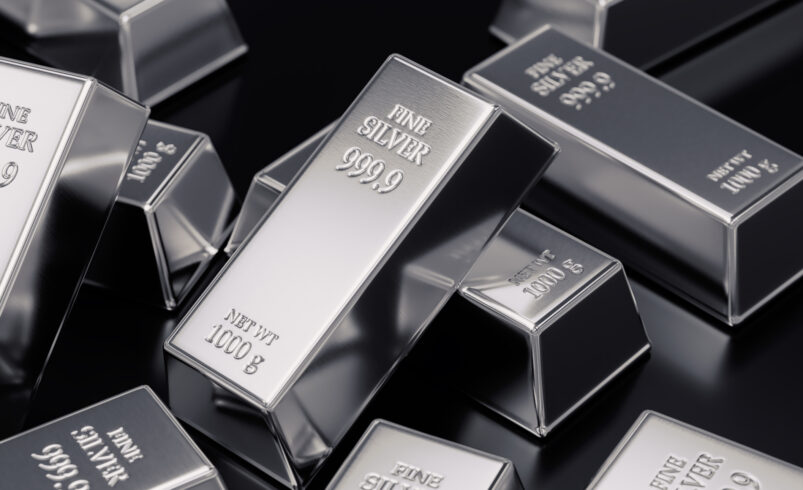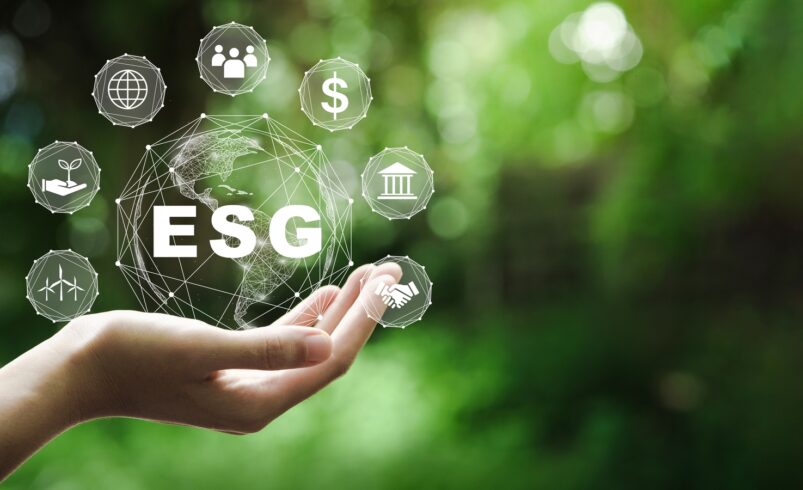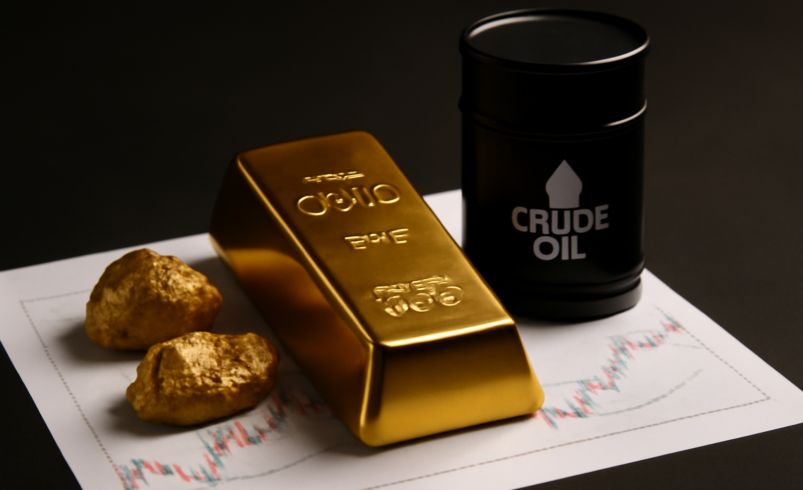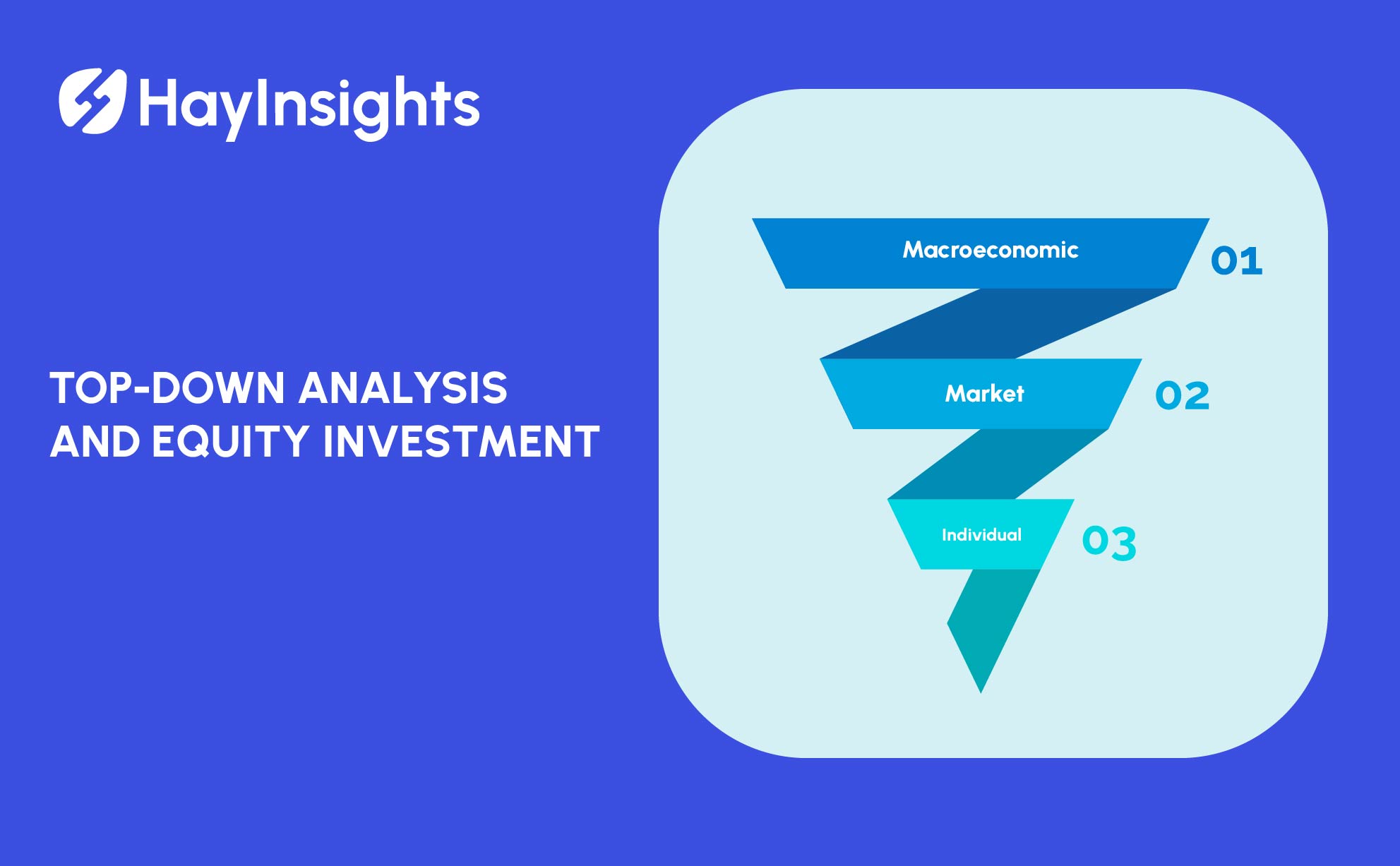
Silver Investment in Japan: Top 5 Ways to Diversify your Commodity Portfolio
Investing in precious metals remains a time-honored strategy for portfolio diversification and hedging against economic uncertainty. While gold often steals the spotlight, its sister metal, silver, presents a unique proposition for investors. Silver’s dual role as both a monetary asset and a critical industrial metal gives it a distinct risk-reward profile. For individuals seeking opportunities within the world’s third-largest economy, understanding the avenues for Silver Investment in Japan is essential. The market here offers a blend of traditional physical dealers and modern financial instruments, all denominated in the stable Japanese Yen (JPY). This comprehensive guide explores the various ways to add the white metal to a portfolio in the Land of the Rising Sun.
1. Physical Silver Bullion: The Tangible Asset
For many investors, holding the metal itself provides the greatest sense of security. The Japanese market has a respected history of precious metals refining, making physical acquisition a popular and straightforward option.
Direct Purchase from Refiners and Dealers
Major precious metal refiners and established dealers in the country are the most reliable sources for acquiring high-purity silver. Firms like Tokuriki Honten さんと Ishifuku Metal Industry are known for supplying LBMA-accredited silver bars.
- Purity and Accreditation: When buying, look for bullion with a purity of 99.9% or higher. LBMA (London Bullion Market Association) accreditation confirms the bar’s integrity and purity, ensuring it is easily traded globally.
- Form Factor: Investors typically choose between bullion bars (for maximum weight and minimal premium) and bullion coins (which offer collectibility and generally smaller denominations). Coins may incur a slightly higher premium over the spot price but offer greater divisibility.
- Commemorative Coins: The Japan Mint also produces various commemorative and collectible coins. While beautiful, these often carry a higher premium, making them more suitable for numismatists (collectors) rather than pure bullion investors focused solely on metal content.
Storage and Logistics
One key decision for owning physical metal is storage. You can choose private storage (safe or vault at home) or opt for professional vaulting services offered by dealers or third-party storage companies. Professional storage provides enhanced security and insurance, which is crucial for high-value assets.
Taxation on Physical Metal
In Japan, the purchase of physical metal is generally subject to the Consumption Tax (currently 10%). While this tax is paid upfront, it is typically recovered when the metal is sold, as the buyer (a consumer or dealer) will pay the consumption tax at that time. This can lead to issues related to customs and cross-border transport, and potential investors should consult a tax professional regarding capital gains tax (CGT) on any profit made from selling the metal. Keeping the asset for a longer period may have different CGT implications.
2. Exchange Traded Funds (ETFs): The Liquid Option
For investors seeking price exposure without the complexities of physical storage, Exchange Traded Funds (ETFs) offer a liquid and convenient alternative.
Japan Physical Silver ETF (Ticker: 1542:TYO:JPY)
The primary investment vehicle for direct exposure to the metal’s price on the Tokyo Stock Exchange (TSE) is the Japan Physical Silver ETF.
- Structure: This ETF is specifically structured to track the spot price of the metal by holding domestically stored physical silver bullion as its underlying asset. This “physically-backed” structure is reassuring to many who want the convenience of a stock but the security of a tangible asset.
- Denomination: The ETF is traded in Japanese Yen (JPY), eliminating the need for currency conversion for local investors during trading.
- Liquidity and Expense: As a tradable security, it offers excellent liquidity, allowing investors to enter or exit positions easily during market hours. Investors should be mindful of the fund’s expense ratio (annual cost) when evaluating long-term returns. At the time of writing, its annual expense ratio is around 0.5%, which is a competitive rate for a commodity ETF.
Using NISA for Tax Efficiency
Japanese investors may be able to hold such ETFs within a Nippon Individual Savings Account (NISA) framework. The new NISA program, which offers an expanded, permanent, and tax-exempt investment structure, makes ETFs an increasingly attractive option for long-term precious metal accumulation. Consulting a Japanese financial advisor is recommended to maximize the tax-free benefits of the NISA framework.
3. Futures Contracts: The Leveraged Approach
The commodities derivatives market is suited for sophisticated investors and commercial entities who wish to hedge against price fluctuations or engage in leveraged speculation.
Silver Futures on the JPX
Trading in silver futures is available on the 日本取引所グループ (JPX).
- リスク管理: Futures contracts are a critical tool for industrial consumers and refiners to manage the risk associated with changes in the metal’s price.
- Leverage and Volatility: Futures trading involves high leverage, meaning a small change in the underlying price can result in a large profit or loss. This makes the instrument highly volatile and carries a significant risk of losing more than the initial margin deposit.
- Contract Specifications: Investors must understand the specific contract sizes, margin requirements, and expiration dates of the futures traded on the JPX. This type of trading demands a deep understanding of market mechanisms and a robust risk management strategy.
4. Online Trading and Vaulting Platforms
The rise of digital finance and cross-border investment has introduced global online platforms as a convenient way for Japanese residents to invest in the metal.
Accessibility and Multi-Currency Options
Platforms like BullionVault or certain international bullion dealers allow investors to buy, sell, and store silver in professional vaults around the world.
- JPY Transactions: Many prominent global platforms now facilitate purchases and sales using Japanese Yen (JPY), avoiding the currency conversion fees that can erode returns.
- Allocated vs. Unallocated: Investors should distinguish between allocated (where specific bars are legally owned by the investor and stored in a vault) and unallocated (where the investor owns a claim against the bank or platform, which is essentially a paper asset). Allocated accounts offer greater security in the event of platform insolvency.
- Global Storage: These platforms provide an easy way to diversify storage location outside of Japan, adding an extra layer of geopolitical security to the investment.
5. Market Trends and Industrial Demand for Silver Investment in Japan
The investment case for silver is intrinsically tied to its industrial applications, which sets it apart from gold. Japan’s high-tech economy plays a significant role in generating continuous demand for the metal.
High-Tech and Clean Energy Consumption
Silver’s exceptional thermal and electrical conductivity make it indispensable in modern technology.
- Electronics: It is a core component in the electronics sector—from conductive pastes in printed circuit boards (PCBs) to contacts in switches. Japan’s established electronics manufacturing base ensures a consistent, high level of industrial demand.
- Solar Power: The global push for renewable energy, particularly solar photovoltaics (PV), is a major demand driver. Silver is used to create the conductive paste on solar cells. Although manufacturers are working to reduce the amount of metal used per cell (a process called thrifting), the exponential growth of solar installations worldwide continues to create a supply deficit.
- Automotive: The shift to Electric Vehicles (EVs) is a new source of robust demand, as EVs contain a significantly higher amount of the metal in their electronic components than traditional combustion engine vehicles.
Long-Term Market Forecast
While demand for the precious metal in Japan’s jewelry and silverware sectors may be steady or slightly declining, the long-term outlook for industrial demand—especially from the electronics and clean energy sectors—is projected to remain strong. Global precious metal market reports indicate that the metal is expected to be the fastest-growing segment in the Japanese market over the coming years, driven by both its unique utility and its role as a hedge against inflation. For Japanese investors, the exposure to this dual nature of silver—as both a safe-haven and a future-tech commodity—is a compelling element of its long-term investment thesis.
Conclusion: Strategic Diversification in the Yen
For a Japanese-based investor, the options for exposure to the white metal are comprehensive and sophisticated. From the security of physically-backed ETFs and accredited bullion to the leverage of futures contracts and the tax efficiency of the new NISA framework, silver is a versatile tool. Given its critical role in Japan’s major industrial sectors and its traditional safe-haven status, a strategic allocation of assets to this precious commodity can be a powerful way to diversify a portfolio and hedge against global and domestic economic shifts. Always ensure that any investment decision aligns with your personal risk tolerance and financial goals, ideally with guidance from a qualified financial professional.










